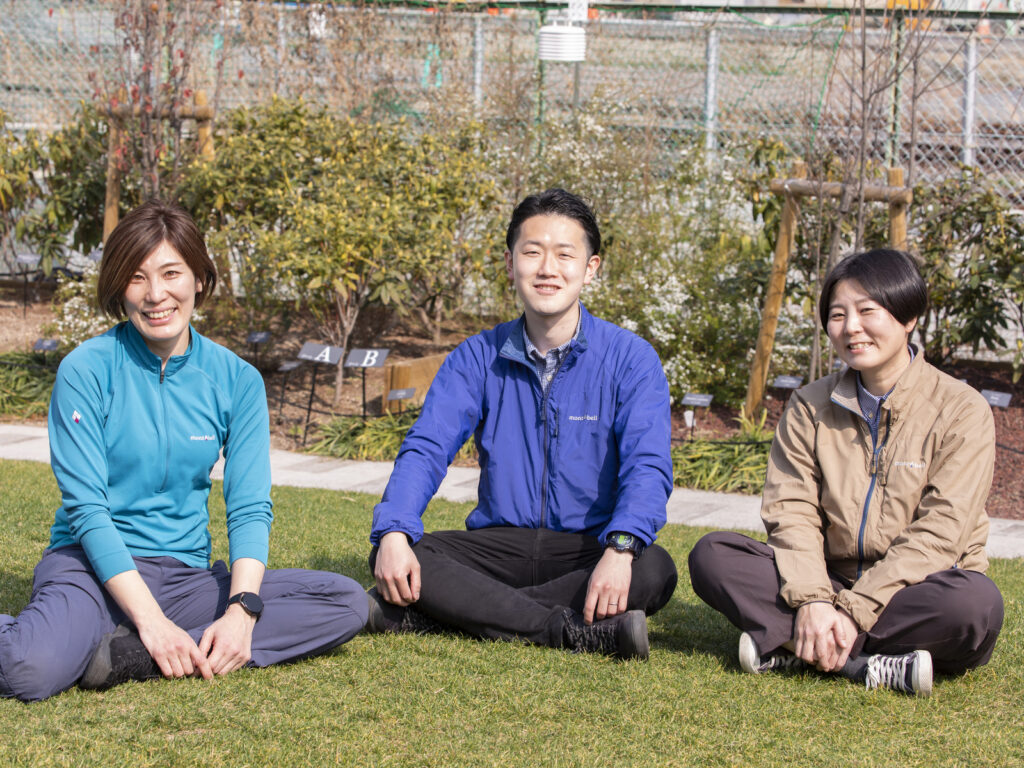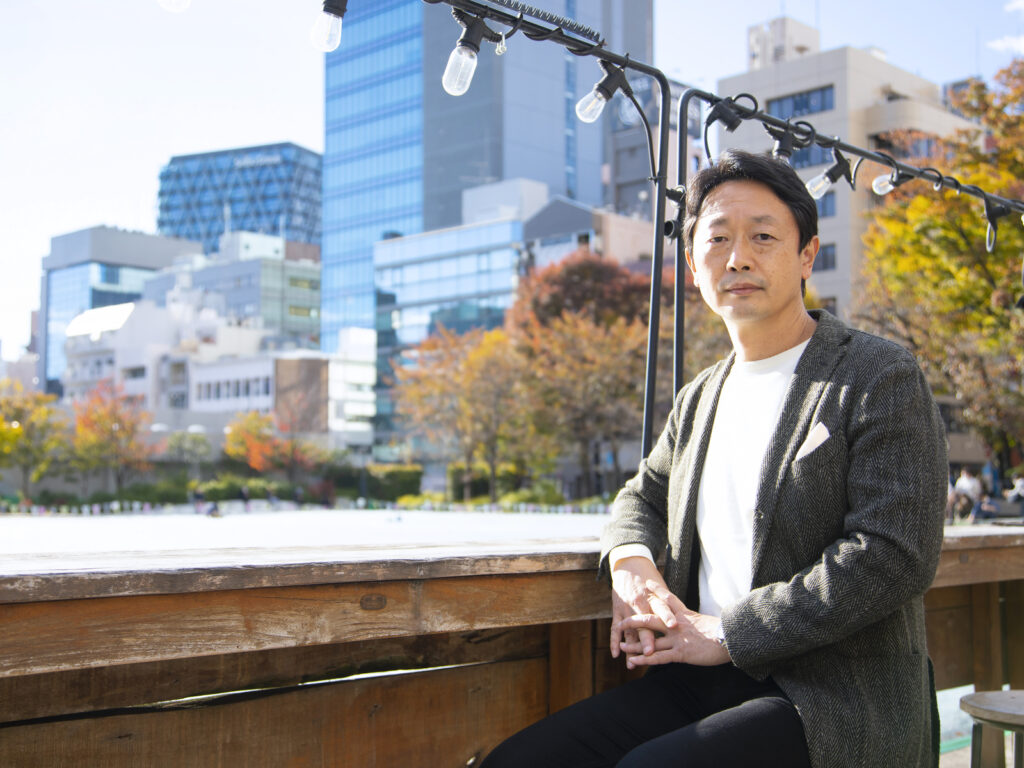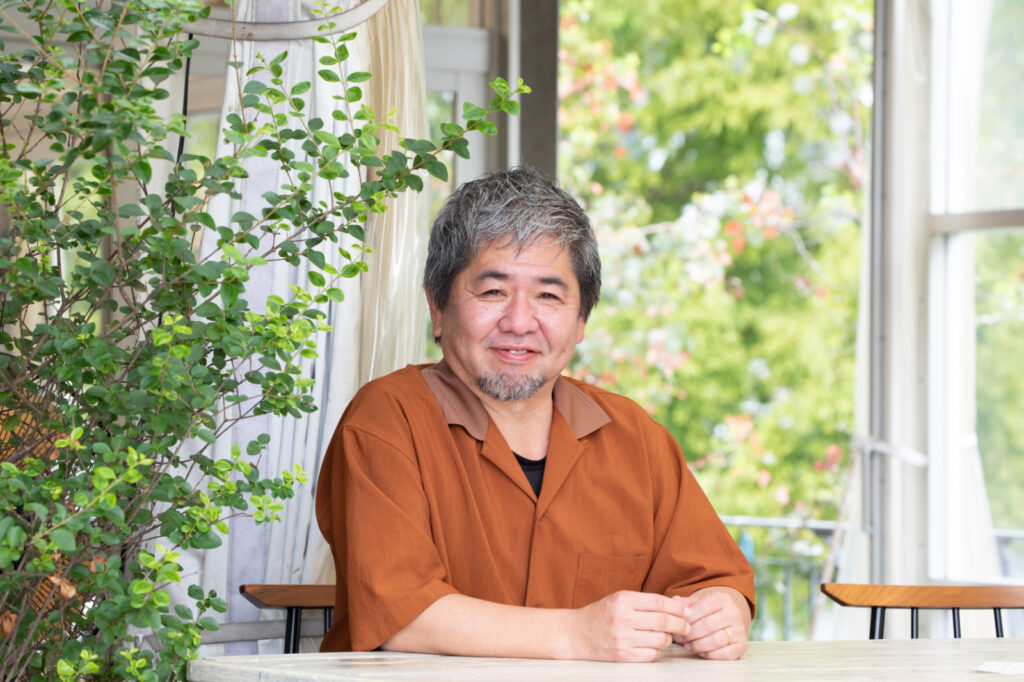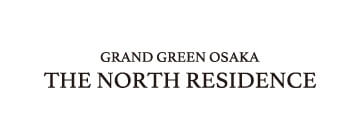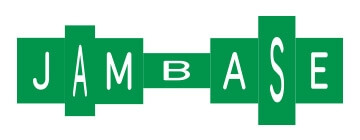Public spaces, expanding from private spaces, decide the face of a townscape
Hideaki Izumi
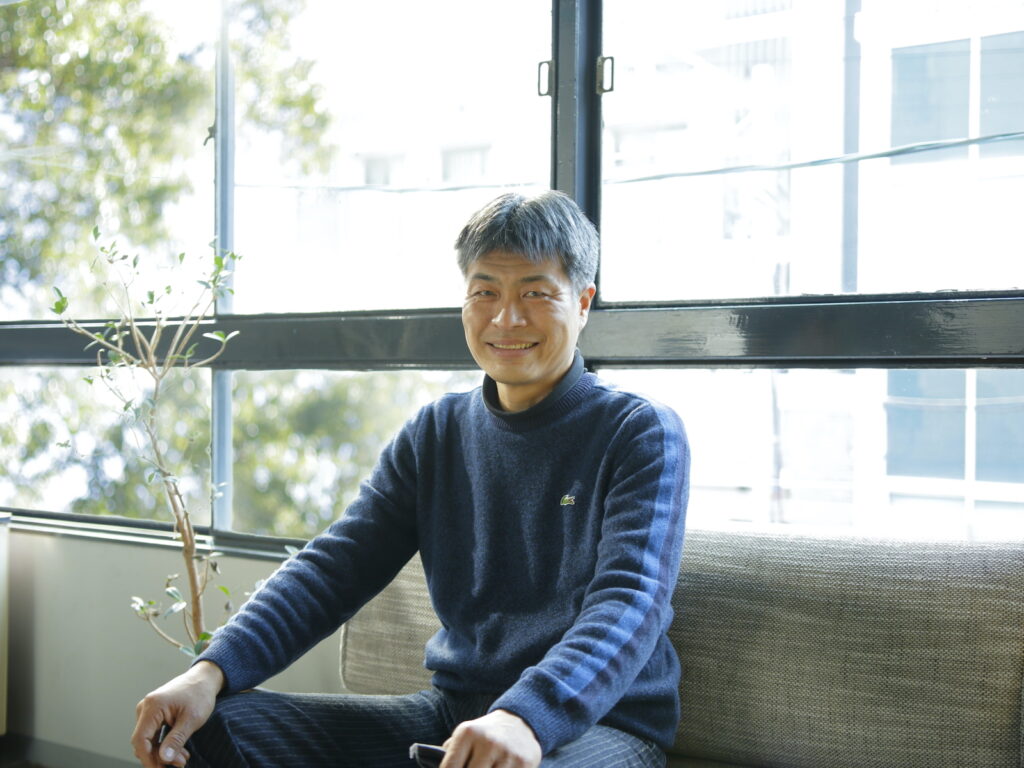
Mr. Hideaki Izumi is an urban planner, and Chair of Heart Beat Plan Co., Ltd. As a director of Aqua Metropolis Osaka, Mr. Izumi was involved in the renovation of the waterfront area in the center of Osaka City, and has also participated in the urban revival and placemaking of a string of places including Osaka Namba, Nishiumeda, Takamatsu, Himeji and Yamaguchi. He spoke with us about future urban development and the use of public spaces.
Q. You established Heart Beat Plan Co., Ltd. in 2004. What got you interested in urban design?
A. I’ve always liked traveling and used to go around various places by train or bicycle when I was in junior and senior high school. When I was in the third year of junior high school, for example, I chose China for my first trip abroad and traveled there with friends, so I’ve seen many different towns and cities. I also love the manga of Osamu Tezuka, and since the theme of the environment is often featured in his complete works, I became interested in environmental issues. Wanting to study this more deeply, I chose to enter Osaka University, the only place you could study that field at the time.
During my third year of university I happened to take a course on urban redevelopment. I found it so interesting it was the only one I fully attended. We were given a project to go out into a town, talk to various people and write up the results in a report. I liked the city of Kanazawa, so I went there to talk to the locals. Although I had traveled all around Japan before that, I had never thought about how a town was the result of people’s activities, or that I could try to do something for the town myself. However, the people of Kanazawa are very proud of their city, and there are people there who think seriously about urban development so that they say things like, “Since we did this, the town is now like this.” I was shocked to see a side of real-life urban development which you can’t know about by merely studying at school. My interest then rose even further, and I found out about the job of urban planning consultant. It just so happened that my lecturer was an urban planning consultant. Thanks to my lecturer, I was able to work in that office after graduating, and that was my start.
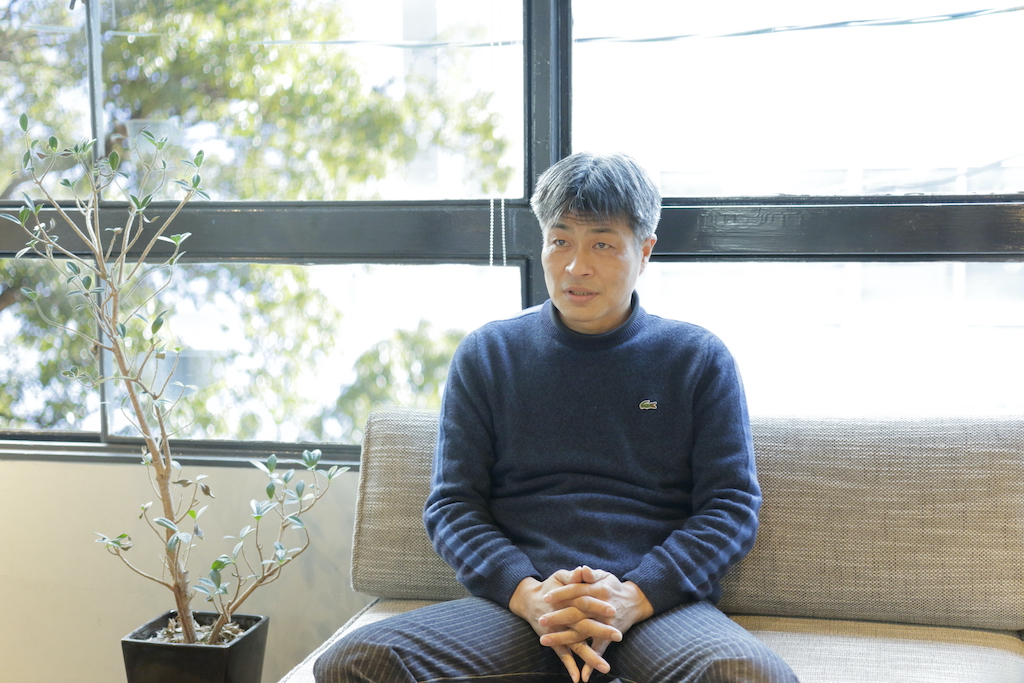
Q. What was your route to becoming independent and establishing your own company?
A. I worked under that consultant for ten years. I gained a variety of experience in the recovery from the 2011 Tohoku earthquake and tsunami and in urban planning. However, the bubble burst, funding dried up, and frequently our plans on paper ended up being filed away, never to be realized at all. I felt there was a limit to this work. Just at that time, I encountered something suggesting the possibility that towns could change by calling out shared sentiments. That was the impetus to my deciding to go independent, wanting to create an exciting townscape.
Q. That was “River Cafe Sunset 37” in 2003, wasn’t it?
A. Yes, we carried out an urban experiment involving legally mooring two barges on the Shirinashi River, on the opposite bank to where the complex facility Tugboat Taisho presently is, for a limited period of two weeks. From about two years prior to carrying that out, I walked all around the Osaka waterfront with seven colleagues, and discussed what we could do to make it more pleasant and interesting. As a result, we operated a shipboard restaurant serving food and drink with live performances each day.
We knew nothing about the River Act, or boat and restaurant operation, and that was realized through the help of many people. Local ladies became regulars, visiting every day, and with cooperation from many people including volunteers, we ultimately broke even with the roughly 3.5 million yen it cost to put that on covered by the two weeks’ revenue. And people emerged to keep it going in the same form in a different place from the following year. It was that experience––doing a trial of a future model for real, not just on paper, sharing that with everyone and sensing the positive response––that led me to establish Heart Beat Plan. River Cafe Sunset 37 was that precipitating factor, which later also led to the Kitahama Terrace project creating a restaurant balcony on the Tosabori River.
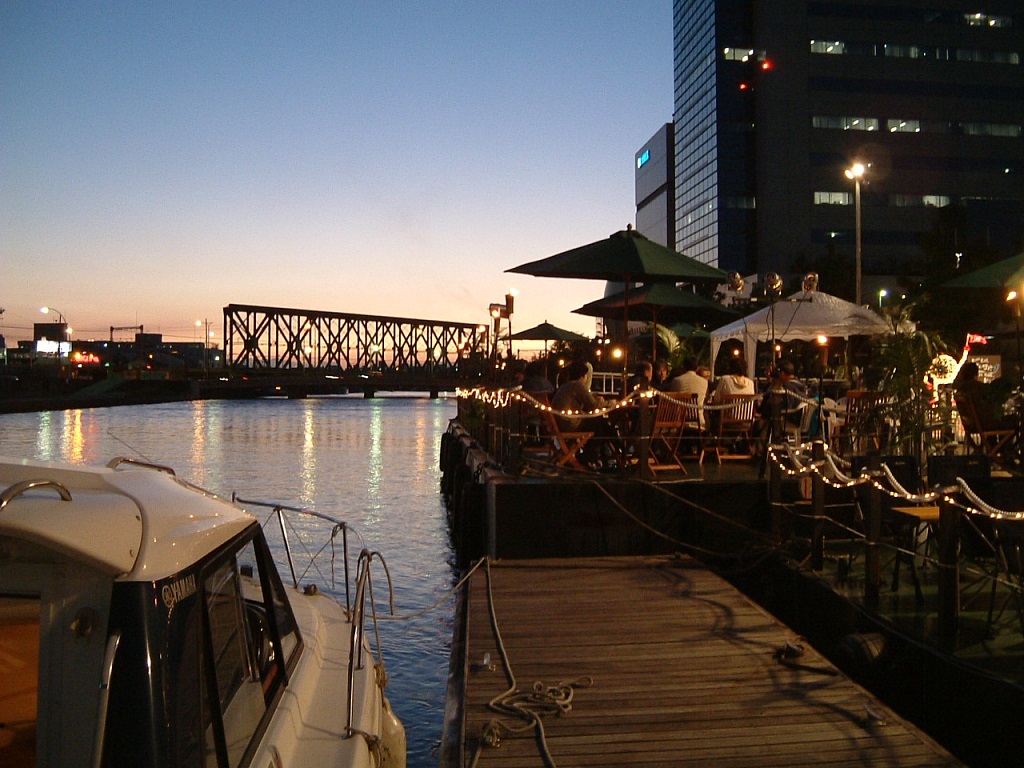
Q. Are there any projects that have left a lasting impression on you, or projects that have been a turning point in your work?
A. There’s the Takamatsu City Center Revitalization Project that I was involved in before becoming independent. Projects such as this often involve working with shopping street shopkeepers, but the Takamatsu City Central Shopping Arcade, the longest in Japan, was an established shopping street in a strong position. They already did various things themselves, and there was no need for any proposals from us. Then three or four private citizens began “guerrilla” activities called Machi Lab (“town laboratory”). It started not from any view to revitalize the town, but rather how they could enjoy the town. Once a month, someone interesting is invited to be the speaker, and people gather and later go out drinking together [laughs]. There is nothing like a committee organizing meetings, but a series of motivated people pinpointing and bringing along a suitable person. People came together gradually, and later a plan was drawn up to create a Takamatsu town vision themselves, and to see it through. The plan was proposed to Takamatsu City, to Kagawa Prefecture, and to the business world and the like. And so many projects were realized, and I saw that spreading, with a section of those involved going on, for example, to set up and run the Setouchi Triennale art festival. I personally experienced how towns and the world around us can be transformed, even with loosely organized, networks, if strongly motivated individuals put their mind to it.
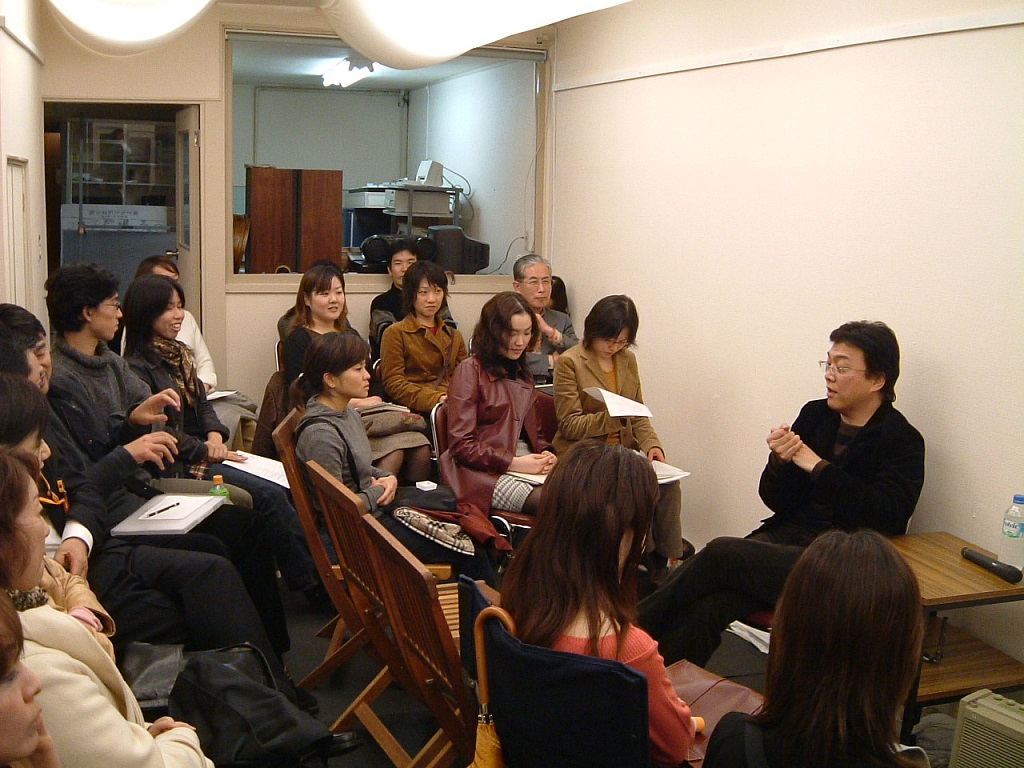
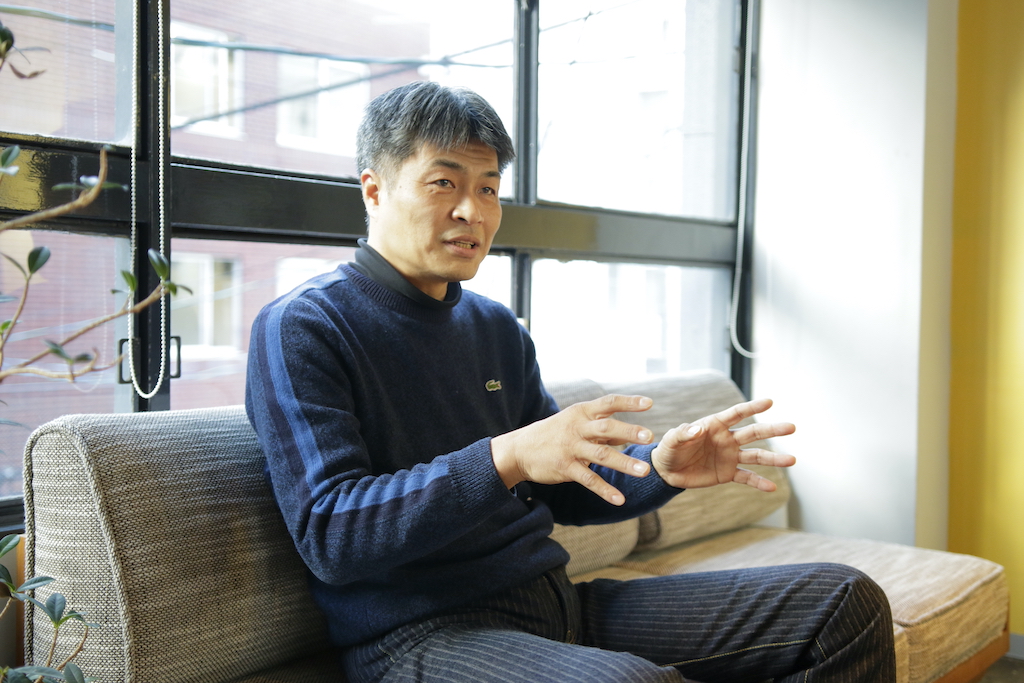
Q. I believe another turning point was Aqua Metropolis Osaka.
A. This was launched in 2009, led by the city, the prefecture, and the business world, and from 2011, a policy was adopted of appointing young, private sector directors. I had never been asked to do anything before, yet as I had been active on my own accord in River Cafe Sunset 37 and Kitahama Terrace, I was invited along with three others, a landscape designer, project producer and community designer. At the end of March, I remember being told, “Keep the whole of Golden Week free” [laughs]. In 2013, I created the private sector organization Aqua Metropolis Osaka Partners, in which I was involved for a total of six years. For example, there were public programs such as hanging swings in trees near the river for children to play on, or private enterprise plans such as establishing a permanent beer restaurant next to the river, things that the administration side would not normally permit. I had to think how exactly to present proposals so they would pass. I did much coordination in fitting together the different language used by civil groups and enterprises wanting to do things, and the administration side’s rules. It meant carrying out activities together with over 1,000 people participating in management every year, and that experience has helped very much in my own work.
Q. You are involved in many projects for making the most of public space. What influence does how it is used have on the townscape?
A. People usually do things like eat and sleep in private space, but there are towns where behavior carried out in private space expands into the public space, and towns where it doesn’t. I think the interesting towns definitely are those where it does expand out. On my travels in the past to China, I saw it expands out considerably there, and in Vietnam and India, too, public space is used in clever ways. Although there is no order to it in Asia, it is used actively, and I sensed that power. The people of Asia generally eat out rather than at home. Although they have an eating out culture, it is completely different from that of European restaurants and cafes. But in Europe there is a really free and easy use of public space, and its design, too, is outstanding. Even in Japan, there are many free spaces expanding out for living. I have traveled to many countries, and standing in a public space and feeling both that spatial quality and how people’s activities have expanded there, I can tell the state of that town. A town with healthy public spaces is healthy, but, on the other hand, some can feel frightening and degenerated. I think public spaces determine the face and character of the town.
Q. Does the city of Osaka have the potential for that kind of public spaces?
A. I think so. In Mizbering. a joint government and private cooperative project for the use of waterfronts (named after “mizube” [waterside] plus “ring”), and at national conferences on utilizing roads, I am often asked why Osaka is flying ahead like this. How was Osaka able to do that when the administration side is usually so strict concerning rivers and roads? Osaka is a large provincial place, with a market not as large as Tokyo, but larger than the regions, and there are also many people who will take on responsibility. National agencies keep a distance, and as a town of merchants they have a rebelliousness and will easily rise to new challenges. The administration, too, has a sense of, why not take on the challenge if it looks interesting? I think that we are drawing the attention of Tokyo and regional cities regarding our use of public spaces.
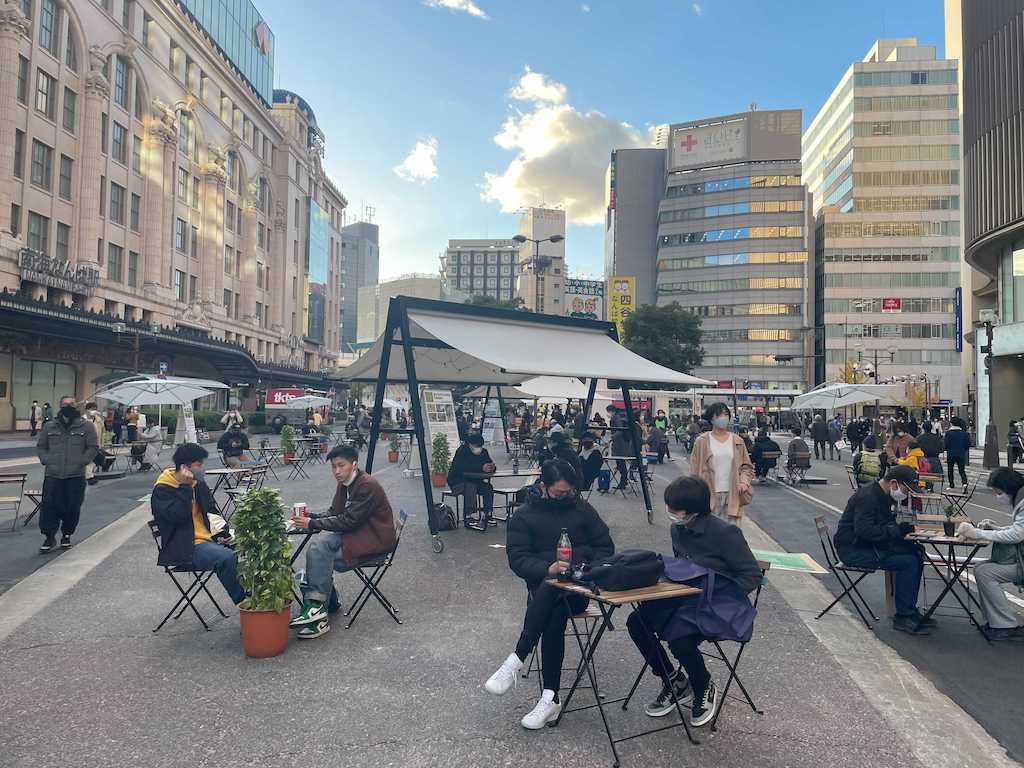
Q. What kind of process went into getting involved in the project? What were you mindful about?
A. In the period when the population was increasing, there were automatically many users when a facility was built. But our age is one of decreasing population and declining birthrate, so unused buildings and spaces will be rapidly increasing in number. The old way of doing things will no longer be acceptable. The most important time is after something has been built. It does not take that much time to build, but for it to continue to increase value for the town or as a building, you must think in terms of 30 or 50 years. We talk about the “builder view” and the “user view,” and it’s important to start from a user view that will strike a chord with the users.
Also, in order to continue to increase in value to the town, it’s important to create an environment in which people will feel like getting involved in line with their various levels of interest. If you create a situation where only the most zealous can come forward, normal people will recoil and hesitate over getting involved. It is fine to just think it might be fun to go and check it out. Next is deciding to help as a volunteer, and the next stage might be wanting to hold a program or to go beyond just having a program to getting involved in operations. So there are a variety of possible levels. People are then free to get involved as much as they wish. I realized that such an open environment, with allowance for many sorts of people to join in, was important during my work on Aqua Metropolis Osaka. However, it’s easy to talk about creating an atmosphere where it’s okay to just hang out, or to get more involved if you want, but it’s harder to actually do it [laughs].
Q. Do you have any advice or expectations for the Umekita 2nd Project?
A. The Umekita 2nd Project will provide various commercial services to visitors to the town in its role as a commercial facility. At the same time, in its role as a park and public space, I hope that it can create an atmosphere where everyone feels free to use it, that there is room left for getting involved according to one’s own inclination. Since so much space has been created in a premium location at the heart of the city, without doing a thing, people will begin to gather there. Usually, when doing this kind of placemaking, you think about how to draw people in, but in the case of the Umekita 2nd Project, it is important to consider, conversely, how people can be there comfortably in a suitable density. When it has been achieved, I expect it to be a very pleasant space of a sort not seen elsewhere in the world.
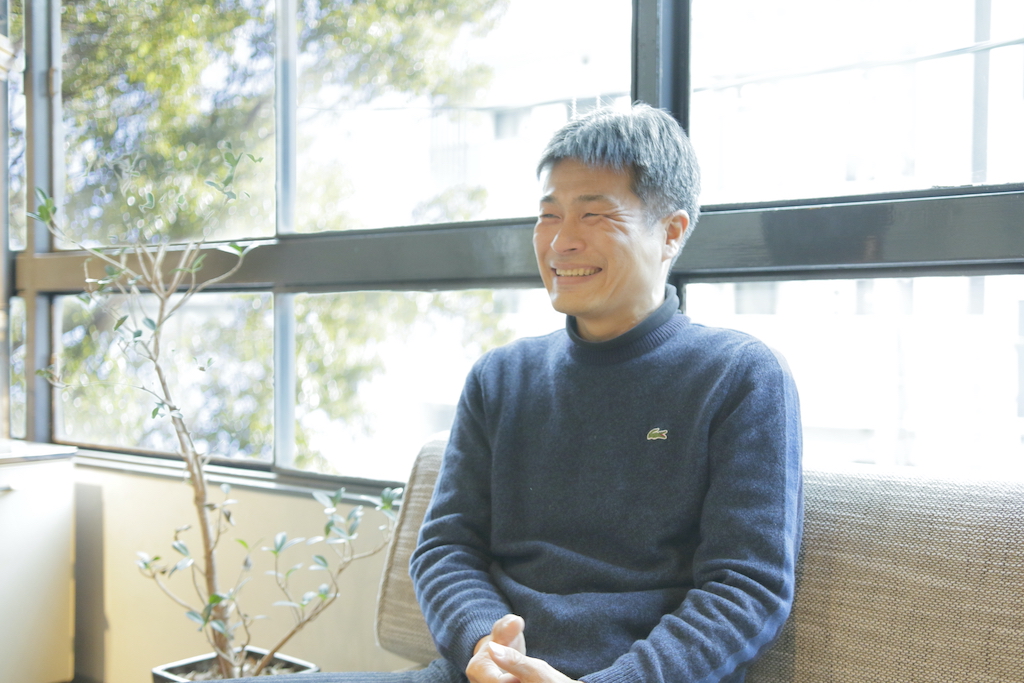
Hideaki Izumi
Born in Tokyo in 1971. Urban planner. Established Heart Beat Plan Co., Ltd., in 2004. Worked on the Osaka Tabimegane website introducing deep Osaka, on Kitahama Terrace creating a balcony for enjoying the waterfront scenery, etc.; project promotion as a director of Aqua Metropolis Osaka. Involved in the urban revival and placemaking of Osaka Namba, Nishiumeda, Takamatsu, Himeji and Yamaguchi, and the restoration of the Nagato Yumoto Onsen Spa in Yamaguchi Prefecture, among others. Books include Waterside Action for Transforming Cities (joint editor/author, Gakugei Shuppan); Civil-led and Government-supported: A Textbook for Public and Private Collaboration (joint author, Nikkei Business Publications).
portrait photos: SHIN EBISU text: AKIKO WAKIMOTO

 Share on Twitter
Share on Twitter Share on Facebook
Share on Facebook